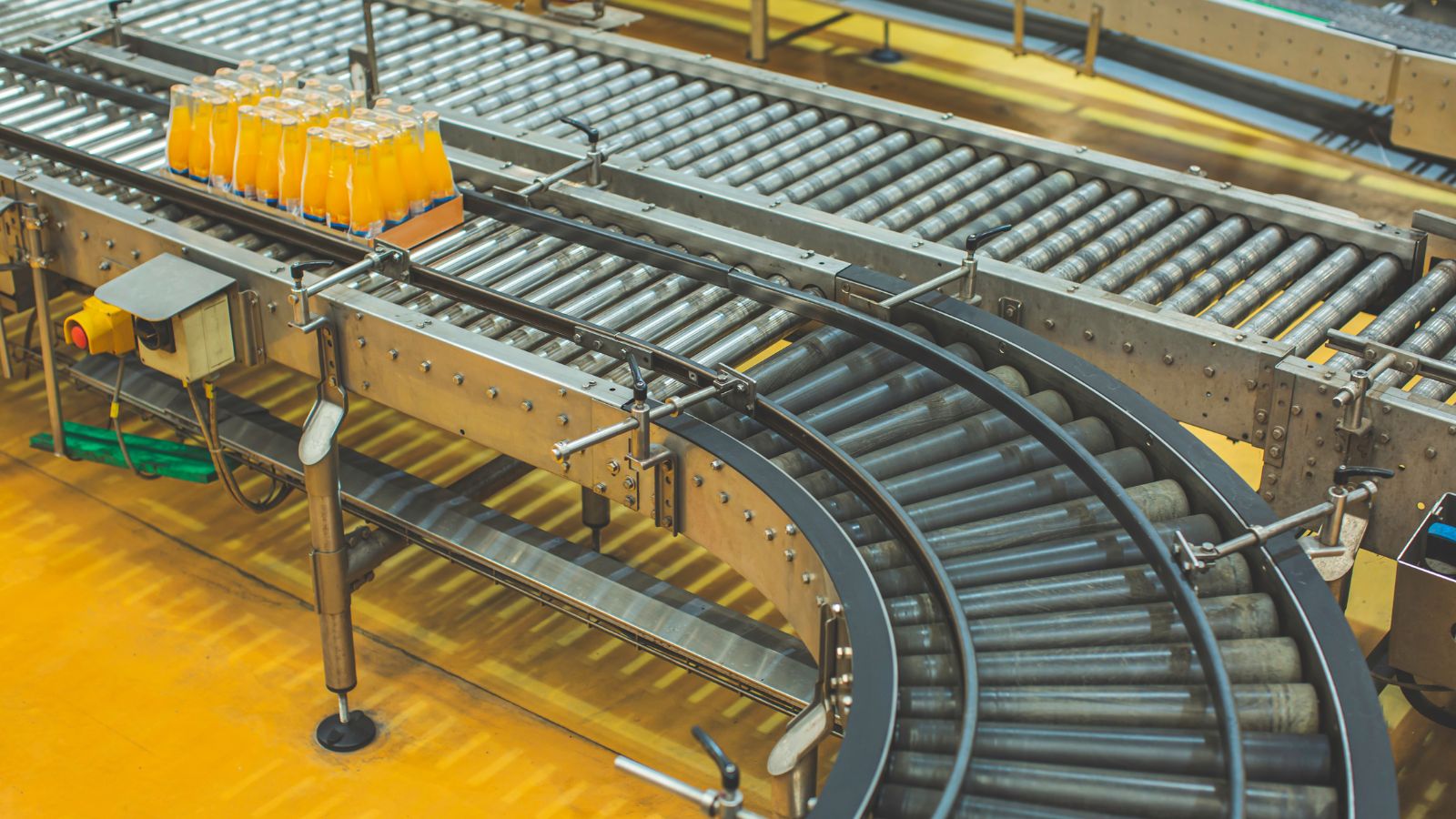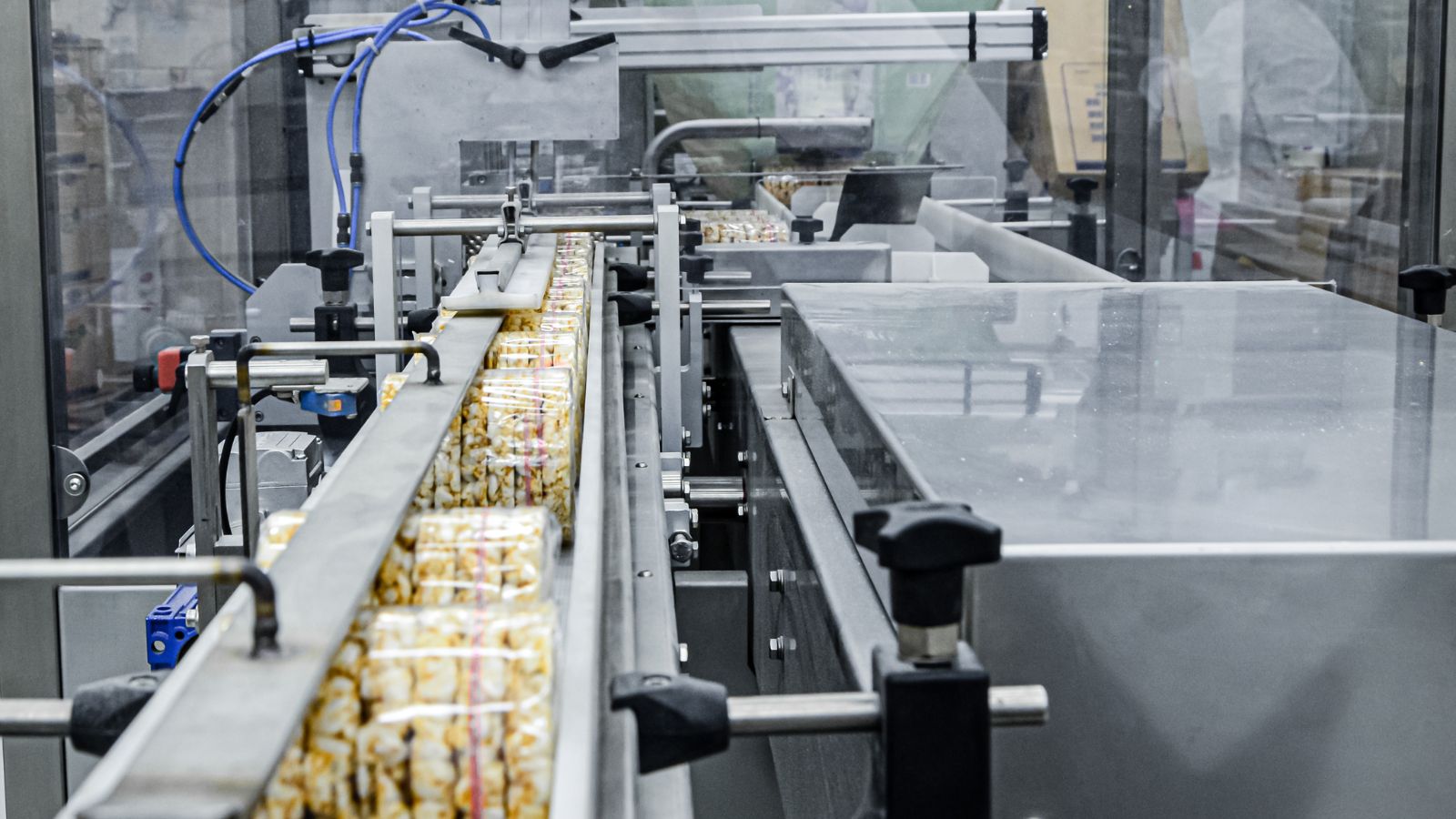From the intricate choreography of robotic arms in advanced manufacturing plants to the seamless operation of high-speed packaging lines, a silent yet indispensable technology underpins much of modern automation: the incremental encoder.
These unassuming devices, often tucked away within the machinery they serve, act as the sensory organs of motion, translating physical movement into electrical pulses. At its core, an incremental encoder is a transducer that converts a shaft or object’s angular or linear motion into a series of digital signals. These signals, rather than providing an absolute position, offer precise information about the change in position, speed, and direction of movement. The widespread adoption of incremental encoders stems from a compelling combination of factors, including their relative cost-effectiveness, ability to provide high-resolution feedback for nuanced control, the simplicity of their output signals, which are easily processed by various control systems, and their inherent suitability for dynamic measurements where changes in motion are paramount. This article aims to delve into the expansive landscape of applications where incremental encoders are not merely useful components but essential enablers of functionality, efficiency, and precision across many industries.
While the principles remain consistent, specific models like the Eltra Encoder EL – ER 58 B-C-H-T exemplify the tailored solutions available, offering robust performance and precise feedback for demanding industrial environments, further highlighting the practical significance of this foundational technology.
Industrial Automation And Robotics
Incremental encoders form the bedrock of numerous industrial automation and robotics applications, providing the critical feedback necessary for precise control and efficient operation.
Motor Control And Feedback
Accurate motor control is essential to a lot of automated systems. Increment encoders are essential for AC and DC servo motors to provide exact speed and velocity regulation. These encoders allow closed-loop control systems to dynamically modify motor output by supplying a steady stream of pulses proportionate to the motor’s rotation. This guarantees that the intended speed and acceleration profiles are maintained with great fidelity. This ability is essential for operating complex machinery like high-speed packaging that needs synchronized and dependable motion, industrial robots that perform intricate assembly tasks with repeatable precision, and Computer Numerical Control (CNC) machines, where micron-level accuracy in tool positioning is crucial.
Material Handling And Conveyor Systems
The efficient movement of goods and materials is crucial in logistics and manufacturing, and incremental encoders are vital in optimizing these processes. In conveyor systems, encoders track the linear movement of belts, ensuring accurate positioning of items and enabling precise synchronization between different sections of the system. This allows for controlled material flow, preventing collisions and optimizing throughput. Furthermore, in warehouse automation and baggage handling systems, incremental encoders facilitate precise indexing and sorting mechanisms, enabling the accurate routing and management of goods with speed and reliability.
Textile Machinery
The textile industry relies heavily on intricate and synchronized movements to produce high-quality fabrics and garments. Incremental encoders are essential in controlling yarn-feeding mechanisms, ensuring consistent tension, and preventing breakage. They also play a critical role in the precise pattern generation within weaving and knitting machines, where the accurate positioning of needles and threads is vital for creating complex designs. Moreover, the overall synchronization of the various moving parts within textile machinery, from rollers and spindles to cutting and folding mechanisms, is often achieved through the feedback provided by incremental encoders, contributing to the efficiency and quality of the final product.
Manufacturing And Processing
Incremental encoders drive precision and efficiency within diverse manufacturing and processing sectors.
Printing and Labeling Equipment
- Precise paper feeding and web tension control: Ensuring consistent and accurate movement of paper or web materials through printing presses and labeling machines is vital for high-quality output and minimizing material waste.
- Accurate placement of labels and markings: Tracking product position and labeling head movement for precise label application and correct alignment on packaging or products.
Food And Beverage Processing
- Controlling the speed and position of processing equipment: Providing crucial feedback for synchronized and efficient operation of machinery, from ingredient conveyor belts to food-handling robotic arms.
- Accurate filling and packaging processes: Enabling precise volume control in filling machines and correct positioning for sealing, wrapping, and other packaging stages, ensuring consistent product presentation and minimizing errors.
Measurement And Inspection Systems
- Providing feedback for linear and rotary measurement devices: Integral to various measurement tools (e.g., digital calipers, linear stages, rotary stages, indexing tables), enhancing accuracy and repeatability in linear and rotary measurements.
- Ensuring accuracy in quality control processes: Contributing to the precise positioning of sensors and cameras in automated inspection systems, enabling thorough and effective quality checks of manufactured goods across all critical areas.

Transportation And Mobility
The principles of motion sensing provided by incremental encoders are fundamental to the safety, efficiency, and increasing autonomy of various transportation and mobility systems.
Automotive Applications
Incremental encoders play a critical role in enhancing vehicle safety and performance. Their ability to precisely measure rotational speed is essential for speed sensing in Anti-lock Braking Systems (ABS) and Electronic Stability Control (ESC). These systems can effectively prevent wheel lock-up during braking and maintain vehicle stability during challenging driving conditions by providing real-time wheel speed data. Furthermore, with the rise of electric vehicles (EVs), incremental encoders are integral to motor control, providing the necessary feedback for efficient and precise regulation of the electric motor’s speed and torque, contributing to optimal energy consumption and smooth acceleration. In addition to powertrain and braking systems, incremental encoders are also utilized as steering angle sensors, providing accurate data on the driver’s input to the steering system, crucial for various advanced driver-assistance systems (ADAS) and, ultimately, autonomous driving functionalities.
Elevators And Escalators
In vertical transportation systems, the reliability and accuracy provided by incremental encoders are paramount for both performance and safety. They are crucial for achieving precise floor leveling in elevators, ensuring smooth and accurate stops at each designated floor. Moreover, they enable sophisticated speed control in elevators and escalators, contributing to a comfortable and efficient ride. The feedback from these encoders is vital for these systems’ overall smooth and safe operation, preventing jerky movements and ensuring passenger well-being.
Robotics And Autonomous Vehicles
As the fields of robotics and autonomous vehicles continue to advance, incremental encoders serve as essential sensory components for navigation and control. In mobile robots and autonomous vehicles they provide crucial data for wheel speed and odometry, allowing the system to estimate its position and movement relative to its starting point. This information is fundamental for path planning, localization, and obstacle avoidance. Furthermore, in articulated robots, incremental encoders are indispensable for joint angle measurement in robotic arms. By precisely tracking the angular position of each joint, they enable accurate control of the robot’s movements, allowing for complex manipulations and interactions with the environment.
Energy And Utilities
Incremental encoders are key to enhancing efficiency and accuracy in the energy and utilities sectors, supporting renewable energy production and precise resource management.
Renewable Energy Systems
In renewable energy systems, these encoders are crucial for maximizing energy capture. For wind turbines, they enable precise blade pitch control, allowing systems to optimize power generation based on wind speed while ensuring structural safety. Similarly, incremental encoders drive accurate solar panel tracking in solar energy, ensuring continuous alignment with the sun to maximize energy absorption.
Metering And Measurement Devices
Furthermore, incremental encoders are fundamental to metering and measurement devices across various utilities. Flow meters and similar instruments provide the precise rotational feedback necessary for accurately measuring liquids, gases, and other materials. This ensures reliable and exact readings for applications ranging from residential and industrial water and gas metering to monitoring material flow in diverse industrial processes.

Emerging Applications And Future Trends
The versatility of incremental encoders drives their adoption in cutting-edge fields, promising exciting advancements.
Medical Devices
Incremental encoders are becoming increasingly vital in surgical robots and medical imaging equipment, providing the precise control necessary for delicate procedures and accurate diagnostics. Their high resolution enables the fine movements required in robotic surgery, while their reliable feedback ensures the accurate positioning of imaging components for clear and detailed scans.
Agricultural Robotics
The automation of farming tasks is leveraging incremental encoders for accurate movement and positioning in agricultural robots. From autonomous tractors navigating fields to robotic arms performing precise planting or harvesting, encoder feedback ensures the accuracy and efficiency of these automated processes.
Potential For Integration With IoT And Smart Systems
The data generated by incremental encoders holds significant potential for integration with the Internet of Things (IoT) and smart systems. By transmitting encoder data in real-time, it becomes possible to implement sophisticated monitoring and predictive maintenance strategies across various industrial and transportation applications. This allows for early detection of potential issues, optimized performance, and reduced downtime.
Incremental encoders have proven indispensable across a remarkably wide spectrum of industries and applications, from the intricate control systems of industrial robots and the precise movements in medical devices to the safety mechanisms in automobiles and the efficiency enhancements in renewable energy. Their fundamental ability to translate motion into precise digital feedback underscores their versatility and enduring importance in modern technology. As automation continues to advance and the demand for accurate control and real-time data grows, the ongoing evolution and integration of incremental encoder technology with emerging fields like IoT and robotics promise an even broader range of innovative applications in the future.




